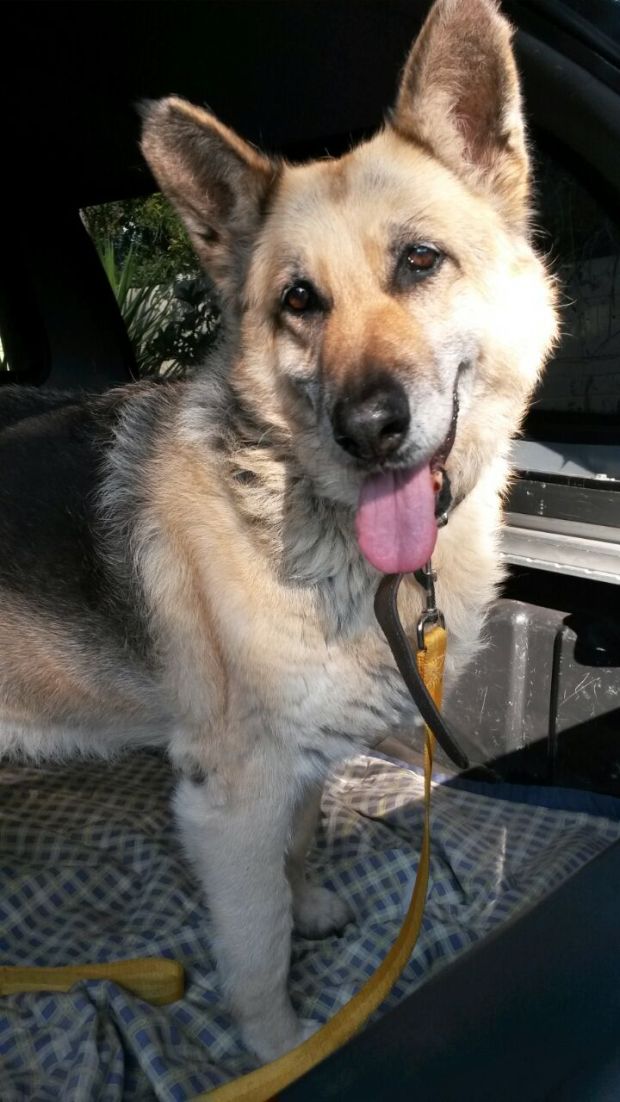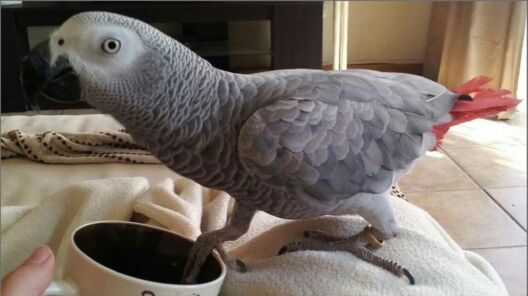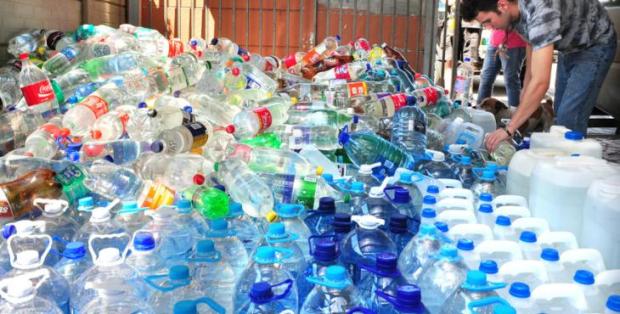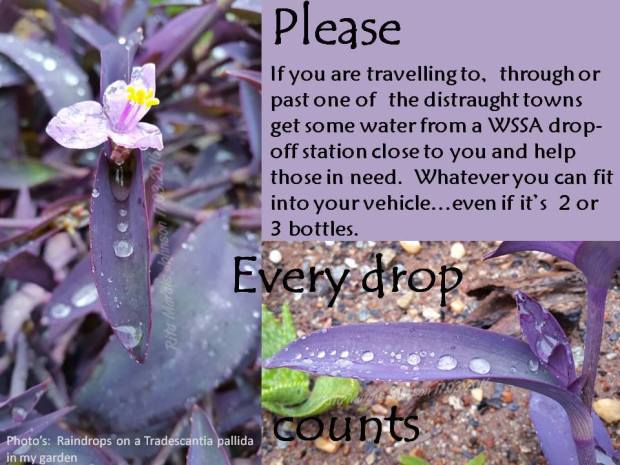It’s frightening to think that as man, we are turning our beautiful surroundings into a concrete jungle for our financial gain and other selfish reasons. Trees form a huge part of our lives and often we forget to acknowledge and recognise their existence and importance.

This essay aims to discuss trees. This discussion is based on my own personal experiences and input from three people from different generations by making reference to what Dean calls ‘persistent narratives’. ‘Persistent narratives comprise of four parts namely (1) service narrative; (2) power narrative; (3) heritage narrative and counter narratives. The format of this essay will follow one of a photo elicitation which is described by Tinkler as an effective manner to communicate and engage with people (). Photo elicitation is wonderful in a sense that conversations (interviews) are more natural and interactive, thus adding value to the essay as the parties that I have chosen to interview are able to share their experiences and memories of trees by engaging with their feelings and thoughts.
The tree as a narrative of service
In 2009, our church planted ten trees at the launch of a program called ‘Renew Africa’. These trees were planted as a symbol of love, faith, friendship and growth of community and Africa as a whole. This tree has grown over the years and on hot, summer days after mass, children love to sit around it and play games with the pebbles that surround the trees while waiting for their parents. As Dean (2015:163) emphasises, trees are essential today because of their ability to provide shade.

Figure 1: Planting of trees as part of Renew Africa program
The tree as a narrative of power

Figure 2: Display of formal and informal Bonsai trees
As Dean (2015:164) says, trees have the ability to “pacify the city” and in this case, pacify ones living space. Bonsai trees are from the Japanese. They are a symbol of wealth and power. The wealth from this tree is not only financial (this is an expensive tree to grow), but it is wealth of the body, mind and soul as it is representative of tranquility, harmony, order of thoughts, balance and most importantly, it is a reflection of life. I have always wanted a bonsai tree because they have so much character and depth.
The tree as a narrative of heritage

Figure 3: The Marula tree at the Kruger National Park, Mpumalanga
A tree such as the Marula tree is full of substance;substance which has emotional connections with communities due to being around for so long and people creating memories in the forms of traditions and folktale around or based on the tree as stipulated in Dean’s article (2015:164). The Marula tree has a lot of history in South Africa. It is loved for the fruits it bears by both people and animals. What is interesting is that the tree can be made into jams, juices and alcoholic beverages, and on a cultural scale, Venda people believe that the gender of an unborn child can be told from looking at this tree in a particular way.
Photo elicitation:
Three parties were interviewed to find out about their personal stories and experiences with trees.
Interview 1: Victoria Mgidlana (Gran)
Trees as a narrative of service
Growing up, my gran was always surrounded by trees and lush shrubs. She describes her experience as a young girl playing in the scorching heat, and then retiring under her grandfathers big apple tree, as one filled with smiles and everlasting memories. That same tree, later became the tree where her and my grandfather would sit and chat, and pick apples(if they were in season) when he secretly came to visit. As she recalls, she laughs, as the tree was a bit far from the house in the homelands so they hardly got caught.
Trees as a narrative of power
When my grandmother moved to Klein Zevenwach,Cape Town in 2014, she immediately asked my cousins to send us pictures of the scenery. The wine farm that they(with my uncle and his family) live on has a driveway which is filled with evergreen trees and she says that the trees just make it seem like she is in a movie every time she goes outside. She adds that all the houses on the wine farms have these beautiful trees which look very high class and no matter what the season, they remain beautiful and green. She also mentions that before she moved to Cape Town, she had never realised that trees can add so much value to a house.
Trees as a narrative of heritage
When my gran was younger, we always used to go visit my aunt and uncle in the township, Daveyton, Benoni. They had this tree that they used to have to sit under every time they did not do their chores or if they were cheeky and mischievous. As they grew up their uncle and aunt used to tell them weird stories about the tree and how it loses a lot of leaves and moves if they do not behave. Being gullible and young, they believed it and avoided the tree at all costs. My gran went on to say that she once pulled her brothers leg by saying she saw the tree moving. He cried so much that ended up sitting underneath it.
Narrative of trees being unruly
“We had an unruly tree at school which would always make our school fence stand in an awkward position. They tried to cut it down, but the roots insisted on growing in a manner which was not right and which created chaos. It was very big and tall and the leaves would always make a mess in and out of the school gates.”
Interview 2: Zinto Mgidlana (Mother)
Trees as a narrative of service
My mother recalls the day that the trees were being planted in the church yard. She says it was such a beautiful, sunny day and the trees although still small, looked like they were going to grow into wonderful plants as they were planted with love. She also mentions the fact that the children love the trees and the trees have such great colours in spring. She appreciates the trees as the children and adults too, do not get sun burnt in the heat. “Some that started out as something small, ended up being a product of growth”, she adds.
Trees as a narrative of power
“When I first went to visit my brother in his new home, I thought I was going to drive into a dodgy forest. I was wrong. Instead, I was driving alongside God’s creation which looked so incredible. I realised at this moment that trees are not just merely trees, but they are plants that need to be nurtured too. The colour and smell of the trees alongside the other plants made me want to stop and take in what I was being surrounded by because it was purely majestic. If Joburg had more trees like this, we would possibly experience a little bit of heaven.”
Trees as a narrative of heritage
My grandfather used to “ship” as my mom would say, her and her siblings to my grans uncle and aunts house when they were growing up. As my mom tells the story of how they used to dislike the same tree my gran dislikes, my gran smiles because she went through the same thing. The same myth about the tree carried on and made all five of my mom’s siblings scared too. She adds that she was extra well behaved because she did not want to see herself under that tree. Luckily she never experienced it at all.
Narrative of trees being unruly
Before we renovated our old house, there used to be a tree which caused a lot of problems for us. The toilets were constantly getting blocked and we needed to call people in because the roots were growing right in the drain and this led to a lot of blockages. This was too much to handle and it led to them increasing the speed of getting the renovations started with.
Interview 3: Mbali Mhlongo (Friend)
Trees as a narrative of service
“Trees are the best thing since slice bread. Especially after a three- hour chemistry practical. Thank goodness, Tuks has huge trees where you can chill, eat and take a little time out for a while. If it were not for the trees on campus, I probably would not have made it to second year. They have helped to start new friendships and grow old ones. The shade makes sure we don’t burn and the environmental effects of the trees are positive ones as the trees are well looked after”.
Trees as a narrative of power
The streets of Pretoria are absolutely stunning when the jacarandas start to grow on the trees. Mbali has lived in Pretoria for most of her life, but she only noticed the jacarandas after they moved from Mamelodi to stay in Faerie Glen. The trees play a huge part in her selfie taking and they make her snap stories much more interesting. The fact that Mamelodi does not have these trees shows that only certain areas and people have these trees which means that jacarandas are indeed part of narratives of power.
Trees as a narrative of heritage
“Growing up with my grandparents was great. They always used to share stories with me and tell me about their superstitions. One day, it was very cold and I wasn’t a jersey. They told me that if I am still outside by the time it gets dark, it will rain heavily and I will get wet which means the rain monster will chase me inside. I believed them at the time. I don’t know if I will continue to pass on this myth to my children one day because I think it is very weird.”
Narrative of trees being unruly
Recently tree fellers had to go to cut down a tree down to its stump because it was starting to form a crack in their brick wall. The wall now looks blank and boring. This tree was big and the leaves were an unusual green. She remembers grabbing plenty of leaves and putting them in her pockets because she had to do an art project in grade 8 for art using the leaves.
Trees form an important part of life and they are life givers. May we learn to appreciate them as much as possible. It would be interesting to hear what others have to say about anything pertaining by using photo elicitation. Photo elicitation enabled the interviewee to communicate her ideas in a better way because there was guidance offered through the form of presenting a photo and allowing them to share their own experiences.
REFERENCES:
Dean, J. 2015. The unruly tree: stories from the archives, in Urban forests, trees, and greenspace: a political ecology perspective, edited by LA Sandberg, A Bardekjian & S Butt. New York: Routledge:162-175.
Tinkler, P. 2013. Using photographs in social and historical research. London: SAGE.






























